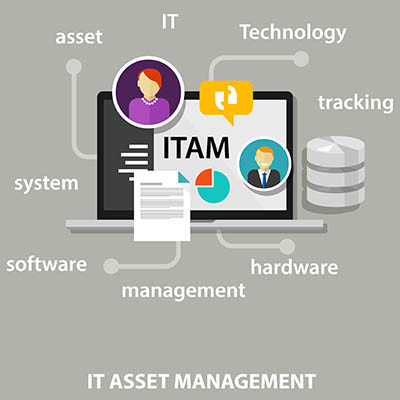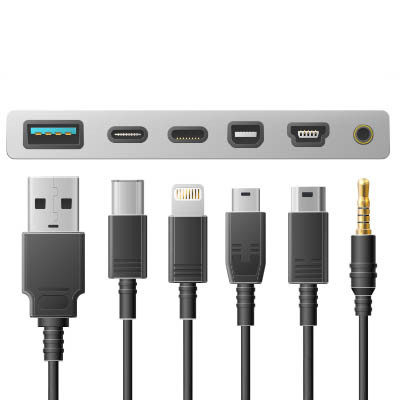You invested in technology to support your business, spending time and money to acquire and implement it. What happens if that technology turns out to be a lemon… a high-priced item that’s ultimately a dud, or at the very least doesn’t mesh with your future plans?
This is often the result when tech is purchased to fix a short-term issue without a long-term strategy, and ultimately means that the purchaser loses money and productivity due to incompatibility issues. Alternatively, planning a strategic roadmap for your IT to follow helps ensure your investments actually advance your business’ future.




















